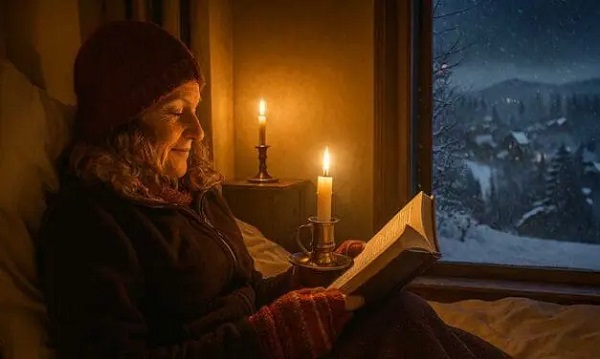Business
Canada’s Election Is Over And Now The Real Work Begins
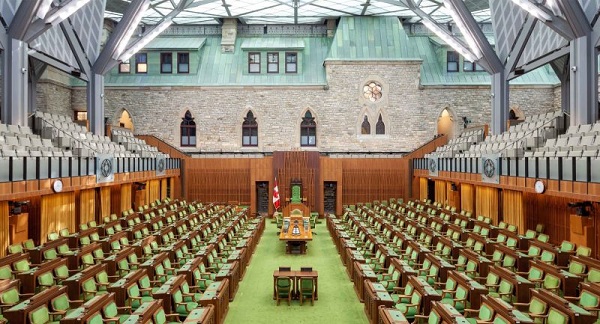
From the Frontier Centre for Public Policy
By David Leis
Canada’s economy is stagnating. The Carney government must act fast or risk yet another lost decade
Now that the election is behind us and Mark Carney has been handed the reins of government, it’s time to focus on what matters most: fixing the policy failures that have held Canada back for the past decade.
I recently had the privilege of speaking with three thoughtful policy experts—economist and Financial Post editor William Watson, Frontier Centre’s Vice President of Research and Policy Dr. Marco Navarro-Génie, and Catherine Swift, president of the Coalition of Concerned Manufacturers and Businesses of Canada. Our wide-ranging discussion focused on the economic and institutional challenges that threaten Canada’s long-term prosperity. The insights they shared—grounded in experience, data and a deep concern for the country—made one thing clear: the new government faces an urgent to-do list.
Canadians didn’t vote for more political theatre—they voted for results. But the economic problems haven’t gone away. Weak growth, declining productivity and investor flight are all signs of a country adrift. The new government must course-correct, starting with the economy.
Canada’s growth problem is real
Canada’s economic performance over the past 10 years has been dismal. It’s no wonder many are calling it “the Lost Decade.” GDP per capita—a key measure of how much economic output is created per person—has barely budged while our international peers have surged ahead. This isn’t just an abstract economic metric. It means Canadians are falling behind in real terms—earning less, struggling more and seeing fewer opportunities for themselves and their children.
A key cause is poor policy: excessive regulation, unpredictable tax frameworks and government-heavy industrial strategies that have failed to produce meaningful results. Capital is fleeing the country, productivity is slumping and even Canadian firms are investing elsewhere. The solution is not more central planning. It’s restoring the conditions for Canadians to thrive through work, innovation and enterprise.
Energy ambition must meet energy reality
Canada has what the world wants: abundant natural resources, a highly educated workforce and some of the highest environmental standards on the planet. But unclear energy policy—and an aversion to critical infrastructure like pipelines—has stalled progress.
If the Carney government is serious about turning Canada into an “energy and clean energy superpower,” it must acknowledge the role of oil and gas alongside renewables and nuclear power. Anything less is wishful thinking. We need investment certainty, streamlined permitting and a commitment to responsible development. Environmental posturing should not come at the cost of economic reality.
We must fix internal trade before preaching to the world
Canadians may be surprised to learn it’s often harder to do business between provinces than with other countries. While we champion free trade on the global stage, Canadians remain blocked from trading freely with each other. Interprovincial trade barriers inflate costs, suppress innovation and discourage business expansion. A licensed hairdresser in Ontario can’t easily work in Nova Scotia. Quebec beer can’t be freely sold in New Brunswick. These aren’t quirks of Confederation—they’re self-inflicted economic damage.
Three provinces—Ontario, Nova Scotia and New Brunswick—have recently pledged to dismantle some of these barriers. That’s encouraging. But national leadership is needed. A country that can’t trade within itself has no business lecturing others about open markets.
Don’t alienate our most important ally
The Canada–U.S. relationship is our most vital economic partnership. We can’t diversify away from a neighbour that buys three-quarters of our exports. That requires strategy, not showmanship—and a government that understands diplomacy, defence and economic interdependence go hand in hand.
Offhand statements suggesting the relationship is “over,” as Carney put it, aren’t just melodramatic. They’re reckless. Canada must show it’s a capable partner, not a reactive one.
Rebuild confidence at home
The election wasn’t a reset—it was a warning. Canadians are anxious, investors are wary and the country is fractured. Rebuilding confidence starts with governing transparently, delivering results and confronting the policy failures too long ignored.
The campaign may be over, but Canada’s challenges are not. Now the real work must begin.
David Leis is President and CEO of the Frontier Centre for Public Policy and host of the Leaders on the Frontier podcast.
Business
The richest man alive just got a whole lot richer
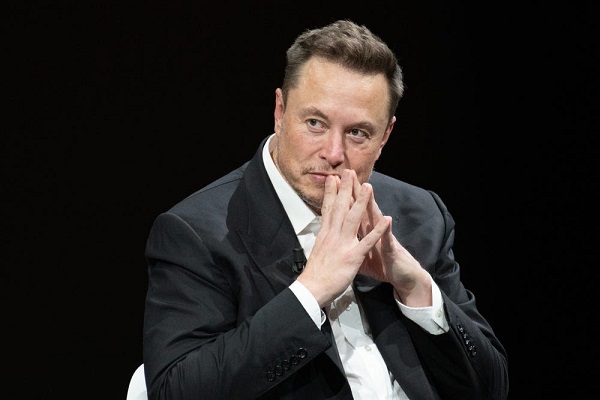
Quick Hit:
Elon Musk on Wednesday became the first person in history to hit a $500 billion net worth, according to Forbes. The Tesla, SpaceX, and xAI founder’s fortune now sits roughly $150 billion ahead of Oracle co-founder Larry Ellison, with Tesla’s surging stock and SpaceX’s record valuation driving the leap.
Key Details:
- Forbes reported Musk’s net worth crossed the $500 billion mark around 3:30 p.m. ET, fueled by Tesla’s nearly 4% stock gain Wednesday — adding roughly $9.3 billion to his wealth.
- Musk’s fortune has grown from $24.6 billion in March 2020 to $100 billion by late 2020, $200 billion in 2021, $400 billion in 2024, and now $500 billion.
- Tesla shares have nearly doubled since April, when Musk said he would step back from his role leading President Trump’s Department of Government Efficiency (DOGE) to focus on Tesla. The EV maker’s market cap is now within 10% of its all-time high, with Musk’s 12% stake worth about $191 billion.
Elon Musk achieved yet another major milestone Wednesday, becoming the first ever person worth $500 billion. Musk, who became the first person ever worth $400 billion or more in December, is $150 billion ahead of runner-up Larry Ellison—and half-way to becoming the world’s first… pic.twitter.com/h9LJmAvT7F
— Forbes (@Forbes) October 1, 2025
Diving Deeper:
Elon Musk made history Wednesday as the first individual ever to surpass a $500 billion personal net worth, according to a report from Forbes. The Tesla and SpaceX CEO’s fortune crossed the milestone in mid-afternoon trading, following another surge in Tesla’s share price and continuing investor confidence in Musk’s technology empire.
Tesla stock jumped nearly 4% Wednesday, pushing the company’s valuation closer to its all-time high. Forbes estimates Musk’s 12% stake in Tesla alone is worth about $191 billion. The remainder of his wealth comes from SpaceX — currently valued at around $400 billion — and his artificial intelligence firm xAI, worth roughly $60 billion.
Musk’s rise in wealth has been staggering. In March 2020, he was worth $24.6 billion. By late 2020, he had crossed the $100 billion threshold, reaching $200 billion in 2021 and $400 billion last year. His $500 billion milestone now puts him more than $150 billion ahead of the world’s second-richest person, Oracle co-founder Larry Ellison.
In a post on X last month, Musk said his compensation and influence over Tesla were not about money, but control over the company’s direction: “It’s not about ‘compensation,’ but about me having enough influence over Tesla to ensure safety if we build millions of robots,” he wrote. “If I can just get kicked out in the future by activist shareholder advisory firms who don’t even own Tesla shares themselves, I’m not comfortable with that future.”
According to Forbes, Tesla’s board recently proposed a new compensation plan for Musk worth as much as $1 trillion — the largest package ever offered to a corporate executive. The plan would grant Musk up to 12% of Tesla’s stock if the company hits a $8.5 trillion market cap and other performance milestones over a decade.
At his current trajectory, analysts suggest Musk could become the world’s first trillionaire by 2033 — an outcome that seemed unthinkable just five years ago. As Musk continues to balance his leadership at Tesla, SpaceX, and xAI, his financial empire appears to be expanding as rapidly as the industries he dominates.
Automotive
America’s Troubled EV Industry Loses Its Subsidized Advantage – Now What?


From the Daily Caller News Foundation
The Environmental Protection Agency announced Monday that it has assumed responsibility for what it says is the “Largest Lithium-Ion Battery Cleanup in Agency History” at the Moss Landing facility outside San Francisco.
Crews supervised by the EPA entered the facility this week to begin cleaning out the remains of the fire damaged batteries, which the agency says will be recycled at EPA-approved recycling facilities.
As has happened far too frequently, the retired batteries erupted spontaneously in January, leading authors of MIT’s weekly climate newsletter to speculate about what this latest conflagration would mean for the future of the electric vehicle and stationary battery storage industries going forward.
Dear Readers:
As a nonprofit, we are dependent on the generosity of our readers.
Please consider making a small donation of any amount here.
Thank you!
“With the growing number of electric vehicles and batteries for energy storage on the grid,” the authors wrote, “more high-profile fires have hit the news, like last year’s truck fire in LA, the spate of e-bike battery fires in New York City, or one at a French recycling plant last year.”
The parade of troubling incidents related to these batteries has continued throughout 2025. In June, for example, a large container ship called the Morning Midas, operated by Zodiac Maritime, sank into the Pacific Ocean after batteries in EVs it was carrying to Alaska spontaneously combusted, forcing the crew to abandon ship. A month later, U.S.-based shipper Matson announced it would no longer transport EV cargoes due to the obvious dangers involved. Three weeks later, Alaska Marine Lines put a similar policy in place.
All of these inconvenient news stories come at an already troubling time for the U.S. EV industry, given that its huge $7,500 per car federal subsidy expired at midnight, Sept. 30. That subsidy was enacted in the Orwellian-named Inflation Reduction Act of 2022 and subsequently repealed in the One Big Beautiful Bill Act signed into law by President Donald Trump on July 4 of this year.
Sales have spiked in the run-up to the subsidy expiration, to no one’s real surprise. But EV makers now face the troubling prospect of having to compete in the U.S. market absent that significant price advantage, leading many to anticipate a significant drop-off in sales.
Some carmakers have already begun to scale back operations. Stellantis announced the cancellation of a planned all-electric Dodge Ram pickup model on Sept.12, citing slowing demand for such trucks in a field already dominated by the Ford F-150 Lightning and the Tesla Cyber Truck. The fact that sales of those competing models are already coming in well below projections this year was another obvious motivating factor.
Ford, meanwhile, said in August it would delay the introduction of what it refers to as “next generation” updates to its Lightning pickup and full-sized electric van for two years due to the same challenging market conditions. “F-150 Lightning, America’s best-selling electric truck, and E-Transit continue to meet today’s customer needs,” the company said in what can only be described as an understatement.
Competitor GM announced it would take similar action on Sept. 4, saying it was suspending production of a pair of Cadillac SUVs – the mid-size Lyriq and the full-size Vistiq – at its assembly plant in Spring Hill, Tenn., effective in December. The company also said it would indefinitely delay the start of a second shift at an assembly plant near Kansas City.
Amid the frequent big fire events involving EV batteries and the industry’s fallout from the loss of a federal subsidy, it must be repeated here that the electric vehicle industry is not “new” or even a young one. It is in fact well over a century old, with the first electric cars introduced in the U.S. in the 1890s, during the same period when gas-powered cars started to come onto the market. In those early years, in fact, many experts insisted that electric cars would ultimately render gas-powered cars obsolete and become the dominant force in American transportation.
But makers of EVs then found themselves suffering from the same set of limitations that plague the industry well over a century later: Range anxiety, lack of infrastructure, and persistent unreliability.
The fact that an industry this old has still not solved for the same set of issues after so much time makes it reasonable to question whether it ever will.
David Blackmon is an energy writer and consultant based in Texas. He spent 40 years in the oil and gas business, where he specialized in public policy and communications.
-
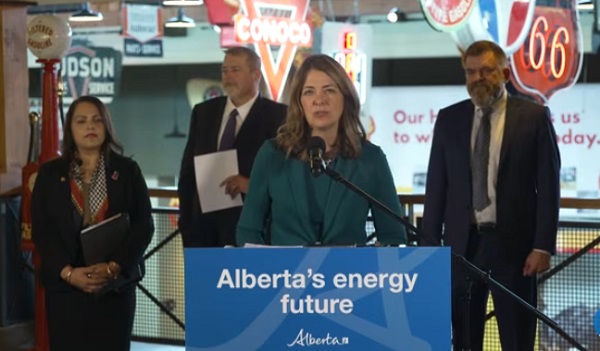
 Alberta15 hours ago
Alberta15 hours agoWith no company willing to spearhead a new pipeline under federal restrictions, Alberta takes the lead
-

 National1 day ago
National1 day agoCanada’s birth rate plummets to an all-time low
-

 Fraser Institute2 days ago
Fraser Institute2 days agoAboriginal rights now more constitutionally powerful than any Charter right
-

 Alberta2 days ago
Alberta2 days ago$150 a week from the Province to help families with students 12 and under if teachers go on strike next week
-

 espionage1 day ago
espionage1 day agoNorth Americans are becoming numb to surveillance.
-
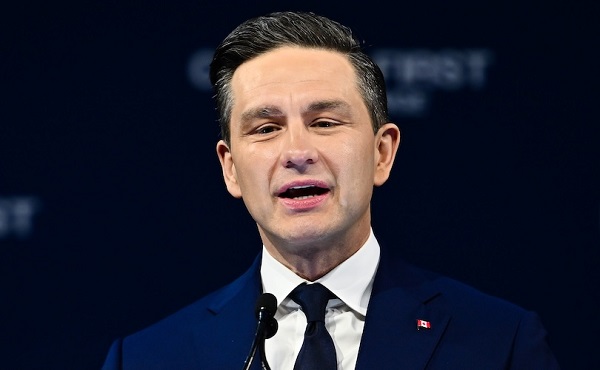
 Crime1 day ago
Crime1 day agoPierre Poilievre says Christians may be ‘number one’ target of hate violence in Canada
-

 Alberta15 hours ago
Alberta15 hours agoTaxpayers: Alberta must scrap its industrial carbon tax
-

 Alberta14 hours ago
Alberta14 hours agoHalfway River First Nation makes history with Montney natural gas development deal


